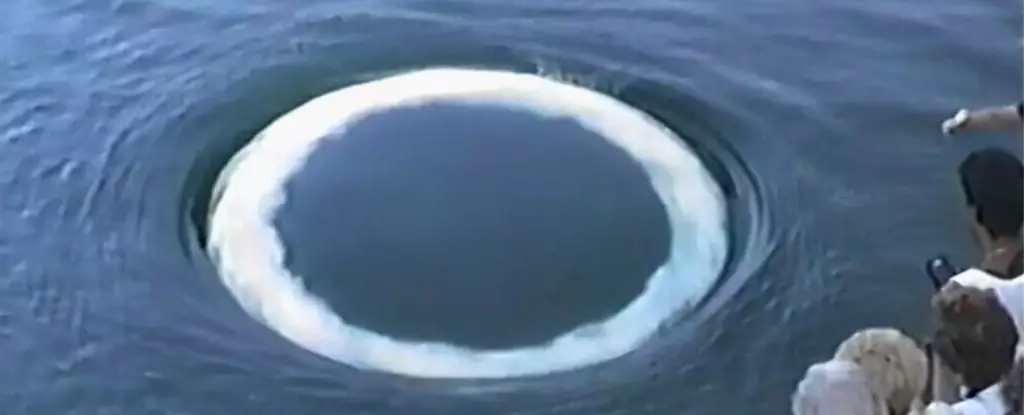Humpback whales (Megaptera novaeangliae) are marvels of nature, renowned not only for their massive size and acrobatic displays but also for their complex behaviors that intrigue researchers and enthusiasts alike. Recently, a new study has shed light on a unique phenomenon: the production of bubble rings by these magnificent creatures. This captivating behavior is more than mere show; it may serve as a vital form of communication between whales and the humans who observe them. The implications of this study open up new avenues of understanding about interspecies interactions and the emotional lives of whales.
The Art of Bubble-Blowing
Most of us are familiar with the iconic bubble nets that humpback whales use to catch their prey. However, this new research expands our understanding by highlighting a different form of bubble creation—perfect circular rings that resemble “madly spinning doughnut-shaped clouds.” Described by renowned biologist Roger Payne, these bubble rings capture not only the eye but also the imagination. The origins of these bubbles present a captivating question: are they merely a byproduct of play, or are they intentional signals designed for human observers?
The study was a collaborative effort from an international team of biologists and photographers who meticulously analyzed various videos and photos showcasing bubble rings produced by humpback whales. Their investigation encompassed a range of settings, from underwater shots taken by snorkelers and divers to aerial footage acquired via drones. Such diversified sources enrich the context in which these enigmatic bubbles are produced, raising critical questions about their potential communicative functions.
Interplay Between Whales and Humans
Through examining 12 distinct episodes of ring production, the researchers found that 10 of these occurrences happened near human presence, whether it be boats or swimmers. Notably, they reported that “eight of nine ring blowers approached the boat or swimmers,” which is a stark contrast to initial expectations of avoidance behavior. This newfound interaction suggests a level of curiosity and sociability seldom documented in marine mammals. Instead of engagement being characterized as aggressive or solely functional, these whales seem to embrace the presence of human audiences, engaging in what can be interpreted as playful whims.
The study’s researchers were careful to note that, despite the opportunities for aggressive interactions, none were observed during the instances of bubble ring production. On the contrary, the whales exhibited friendly behavior. This opens the door to the deeply philosophical consideration of whether these underwater ballet performances might be a form of expression akin to how humans communicate through art or play.
The Need for Caution and Further Research
While the concept of intentional communication between whales and humans could reshape our understanding of cetacean behavior, it is imperative to approach these findings with a mix of enthusiasm and skepticism. The researchers themselves warn that while these observations support the tantalizing notion of whale-to-human communication, further comprehensive data is crucial for a complete understanding of this behavior. Are these bubble rings truly messages intended for human eyes, or are they simply an incidental outcome of their natural playfulness?
Maintaining a cautious outlook is essential. As researchers emphasize, consistent field vigilance will be key to unraveling the frequency and function of bubble rings in the whale’s behavioral repertoire. Understanding this aspect of humpback whale behavior isn’t merely an academic exercise; it has profound implications for how humans relate to and monitor marine life. The marine environment is under constant threat from human activity, and understanding the social behaviors of whales could play a critical role in conservation efforts.
The study of humpback whales and their expressive bubble rings encapsulates a significant intersection of marine biology, animal behavior, and the intrinsic curiosity that defines humanity’s quest to comprehend the natural world. The ripple effect of this research may very well inform our approach to wildlife interactions, fostering a deeper appreciation and respect for the majestic lives of these ocean giants.

